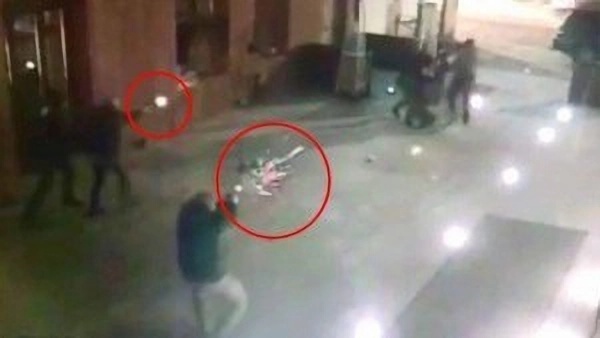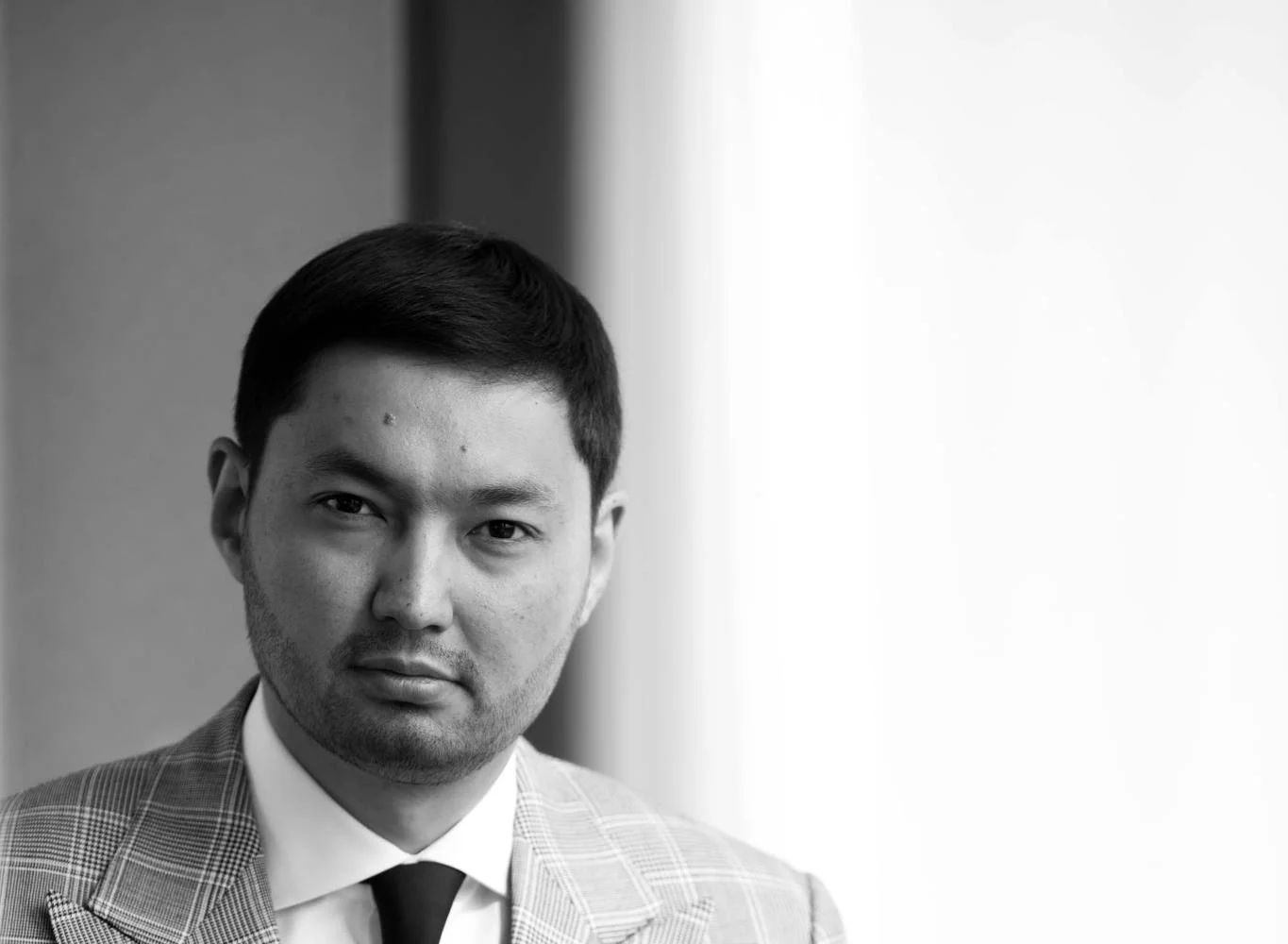After receiving a call from Nazarbayev and the FSB

How Kazakh oligarch Kenes Rakishev solves the problems of his Russian friends
The Rucriminal editors persist in releasing the most compelling materials from the Rochdelskaya Street shootout case.
The shootout on Rochdelskaya Street stemmed from a dispute between Elements restaurant owner Zhanna Kim and designer Fatima Misikova. Misikova claimed that Kim had not paid her an additional 8 million rubles for the repairs. Henchmen associated with the thief in law Zakhary Kalashov (Shakro Molodoy), including Andrey Kochuykov (Italian), Eduard Romanov, and others, arrived to demand money from Kim. To resolve the issue, Kim contacted her lover, Kazakh oligarch Kenes Rakishev. Rakishev, in turn, enlisted the help of lawyer-fixer Eduard Budantsev, associated with the FSB, as recommended by oligarch Iskander Makhmudov. Alongside Budantsev, Vladimir Kostrichenko arrived at Rochdelskaya. The situation escalated, leading to Budantsev firing a Beretta 92 FS pistol, resulting in two deaths and three injuries.
In December 2017, lawyer Eduard Budantsev underwent re-interrogation in the Presnensky District Court due to numerous discrepancies in his testimony. Judge Tatyana Vasyuchenko agreed to the re-interrogation to address these inconsistencies. During the hearing, the court meticulously compared Budantsev’s statements with audio and video recordings of the incident and details of phone calls. For instance, Budantsev initially claimed he went to the Elements restaurant after a call from Zhanna Kim seeking help in negotiating with unknown individuals demanding repayment of a debt.
However, it was revealed in court that such a call was not recorded, and Kim’s conversation was not present in the audio recording. Instead, Kim recorded the meeting on a tape recorder an hour before the shooting.
When Budantsev’s deception became apparent, he asserted that everything merely seemed that way to him. He also claimed that Kim had informed him that the extortionists’ demanded amount had increased. It gives the impression that Judge Vasyuchenko sought to handle the case in accordance with the law and was intent on uncovering the truth. Perhaps this is why, instead of being appointed as the chairman of the Kuntsevsky court, a position she was preparing for, she was dismissed.
It is now evident that the criminal case, which triggered the fourth military war, was orchestrated for a specific purpose: to extricate Budantsev from potential consequences. His patrons were evidently apprehensive about public scrutiny. Following the shootout and subsequent power maneuvers, Nursultan Nazarbayev contacted the presidential administration to address the situation. The response given to the country’s leadership was that the matter had been resolved, with no disclosure of the actual state of affairs. Nazarbayev’s involvement stemmed from the fact that the shield for Zhanna Kim was Kazakh businessman Kenes Rakishev, also known as the ex-president of Kazakhstan’s “wallet.”
The lawyer’s falsehoods in court provide a compelling reason to reevaluate the events of those days and hold Budantsev accountable for perjury. In a scenario where the court adhered to the law, it would likely have concluded that there were no justifiable grounds for Budantsev’s use of weapons, potentially leading to him facing charges of murder.
However, reality does not entertain hypotheticals. Budantsev’s lies were exposed during the investigation, but under the direction of senior investigator Konstantin Krivorotov, working under the chairman of the ICR, the case was deliberately slowed and halted. Budantsev remained free, and Krivorotov received the Order of Courage for purported “courage and selflessness in the line of duty.”




